Tag: Forestry
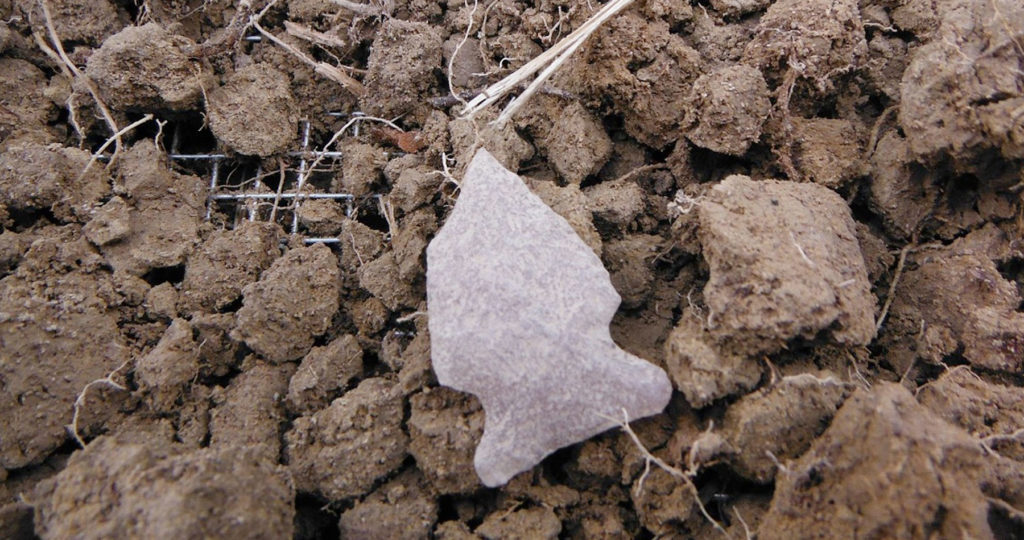
June 12, 2018
What Makes a Site Significant?
During our field seasons we find 100+ archaeological sites every year; however, not every site we find is flagged for avoidance. The decision of whether a site is avoided or approved for impact ultimately comes down to the Historic Resource Management Branch at Alberta Culture and Tourism’s approval of our recommendations. Our recommendations are based
Keep Reading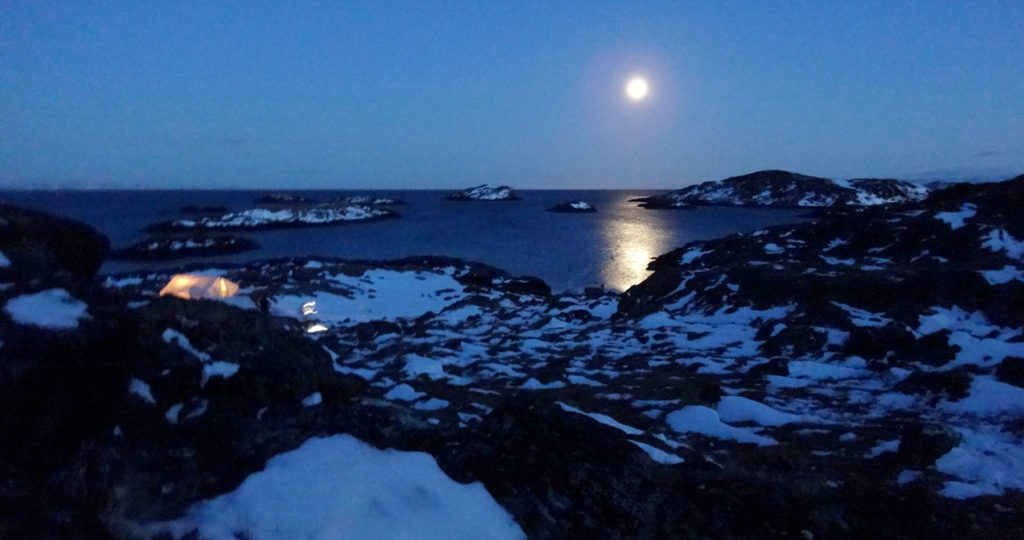
April 24, 2018
Tree Time’s 2017 Top Five Sites
Now that all the reporting is done, we thought it was a good time to look back on some of the exciting sites we worked on from the past year. We usually find over 100 sites every year but these sites stand out either because we found interesting artifacts or the site is unique compared
Keep Reading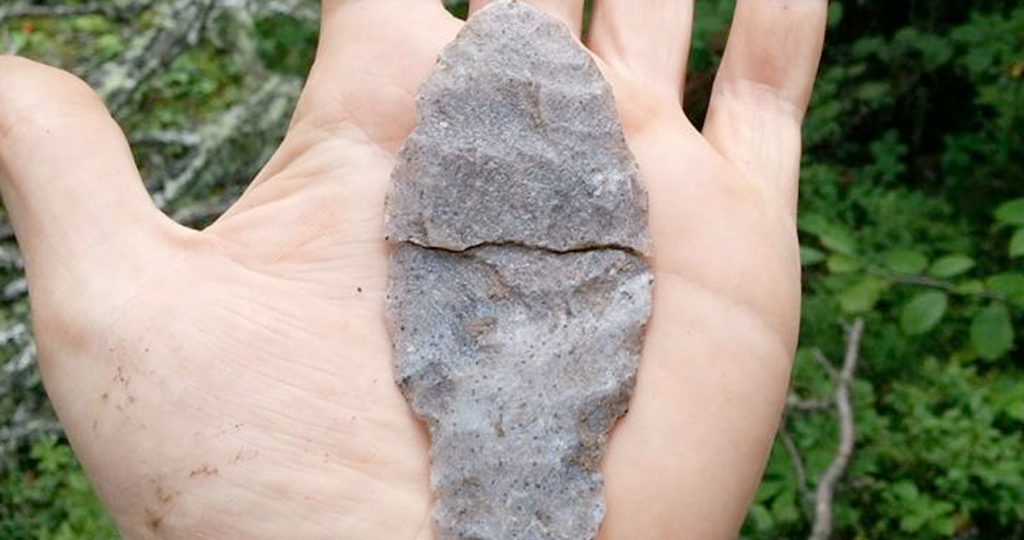
April 4, 2018
We Know How Old Stone Points Are, Right?
Back in September of 2017, I found what would probably be one of the coolest artifacts that I will ever find in my field survey career. My coworker Vince and I got up one fateful morning and set out on our four hour quad ride into one of the most beautiful areas in Northern Alberta:
Keep Reading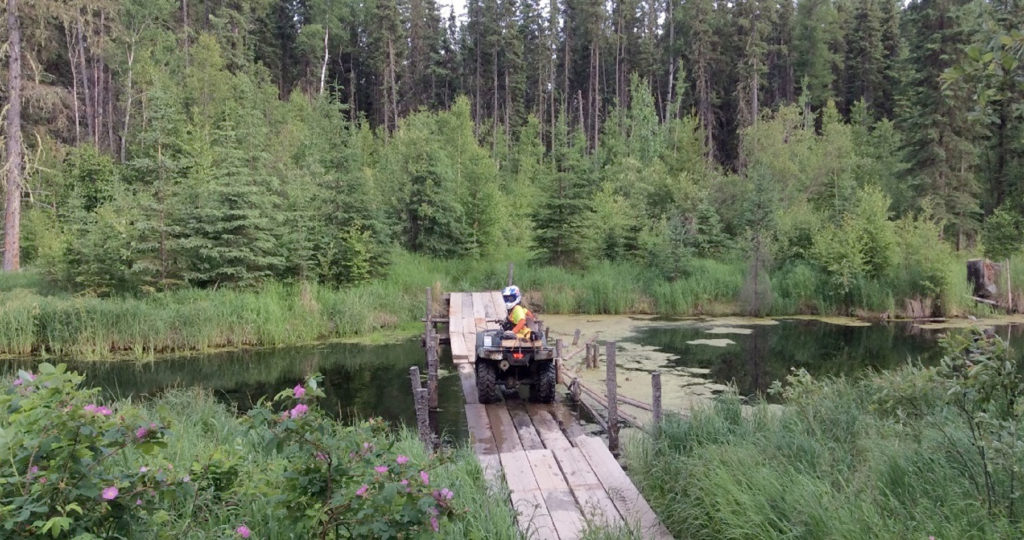
March 20, 2018
Bridges
Water crossings are something we come across on a daily basis in the boreal forest. Sometimes we are fortunate to work in areas with active hunters or forestry layout crews, and can use the bridges they have already constructed. These brides can be cut logs laid across a deep, but narrow water channel, while others
Keep Reading
March 13, 2018
Lightning Trees
Last year, while conducting survey with Brittany in a remote region of northern Alberta, I noticed some unusual scarring on a large spruce tree. Upon closer examination I realized the tree had been struck by lightning. Usually when lightning hits a tree, one of three things may happen: If the tree is wet on the
Keep Reading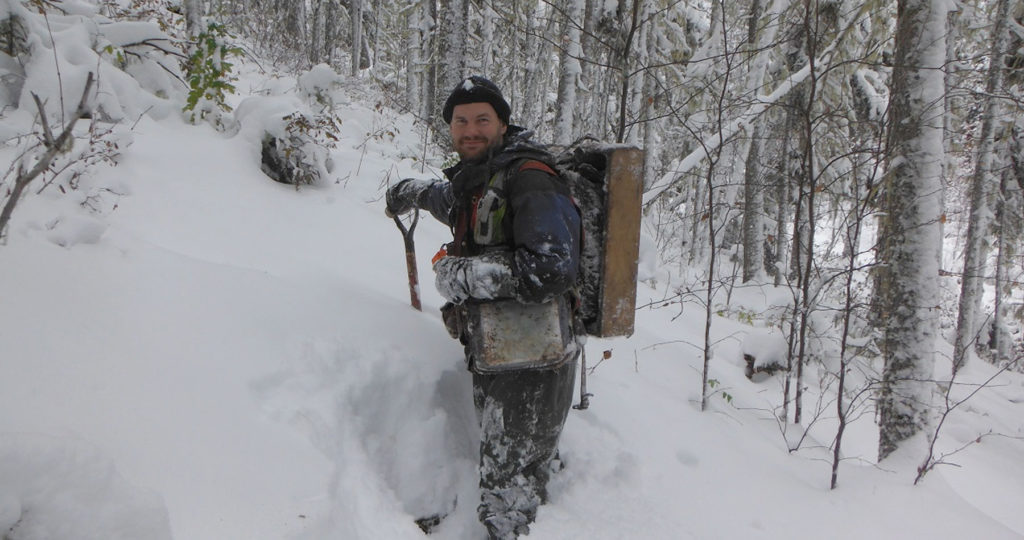
November 20, 2017
Working in the Winter
Specializing in forestry archaeology in Alberta, I haven’t had much opportunity to work in winter conditions. One of the nice things about forestry is its relatively long planning horizon and the flexibility to schedule our work. Unfortunately, in fall 2012, a variety of factors conspired to push some of our fieldwork into late October, and
Keep Reading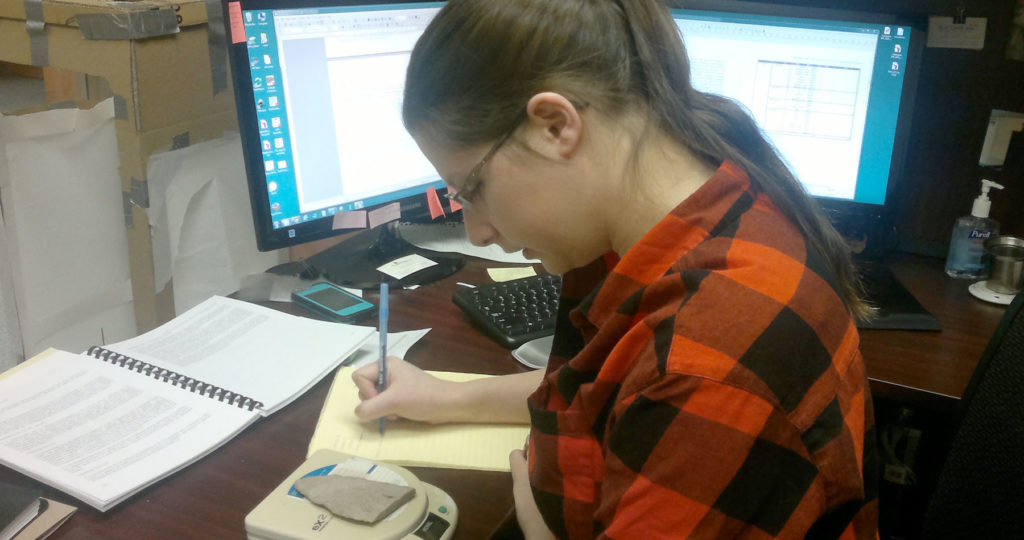
February 6, 2017
Introduction to CRM Part 5: Reporting
Once we have surveyed our targets and evaluated any sites we have found, it is time to return to the office. All of our notes are taken on an ipad in the field. Now all we have to do is export our notes into a database which eliminates the hours spent on data entry. Note
Keep Reading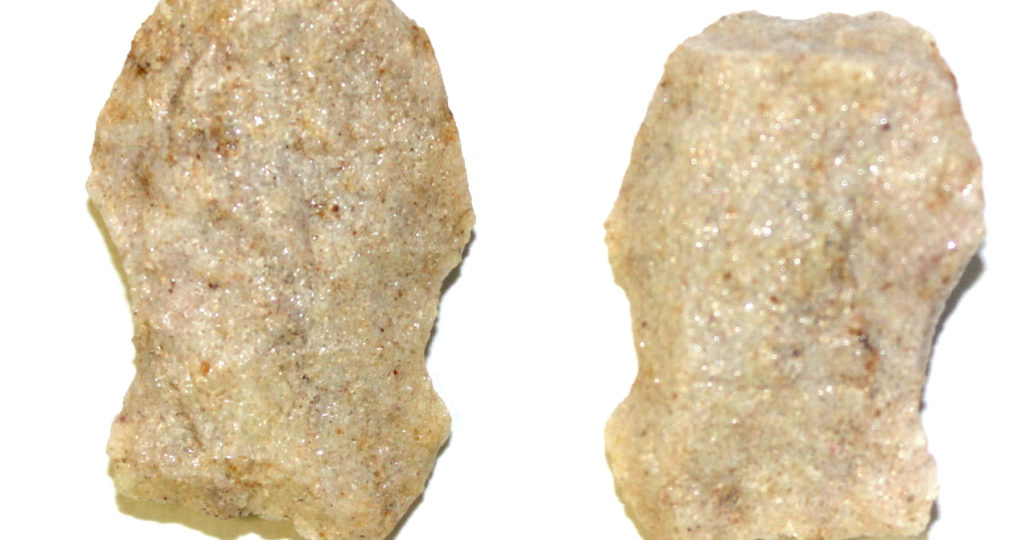
January 18, 2017
Atlatl Point
This little quartzite projectile point comes from a small site near Wabasca-Desmarais, Alberta. We found it on a small hill that was next to a lake, along with several chert and quartzite flakes. This point likely was fitted to an atlatl dart, a type of feathered throwing spear that uses a hooked throwing stick to help propel
Keep Reading
November 2, 2016
Slave Lake Plane Crash
In the summer of 2013, Vince and I were walking through a harvested cutblock south of Slave Lake and we noticed something big and white on a high hill along the tree line. At first we thought it was some sort of tarp but as we got closer we realized it was the broken tail
Keep Reading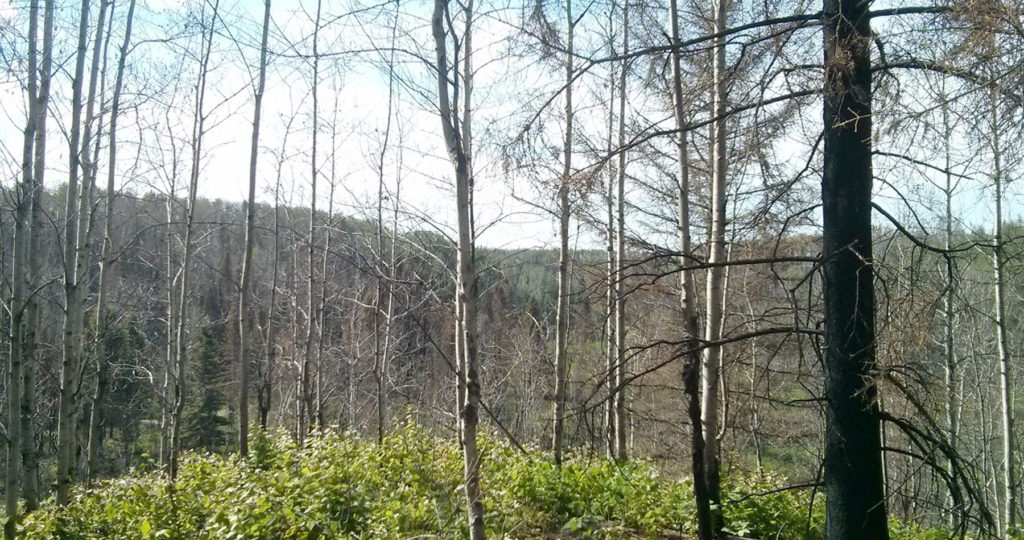
July 8, 2016
Archaeology in the Fort McMurray Fire
At the end of June we started work on planned fire salvage harvest blocks for Alberta-Pacific Forest Industries, southeast of Anzac Alberta. This was the southeastern end of this springs massive Fort McMurray forest fire. When fire kills or damages a stand, there’s a limited time-frame within which the wood can still be salvaged for
Keep Reading